No, you cannot microwave glass. If you put glass in the microwave, it will heat up so quickly from the microwaves that the outside of the glass will be hot while the inside remains cool. This can cause the glass to shatter.
Can You Microwave Glass?
According to a 2014 study, 97% of American households own a microwave. In the United States, we use microwaves to heat up food more than any other country in the world.
For example, can you microwave glass? With such widespread use, you might be surprised to learn that there is still some debate about what can and cannot go into a microwave.
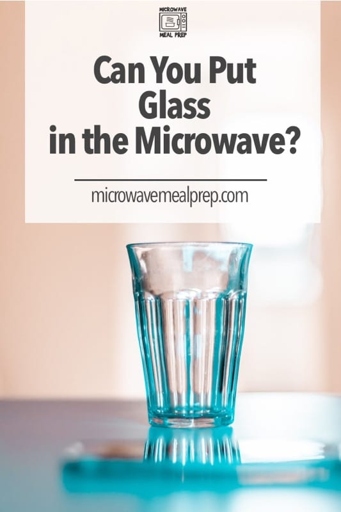
In general, it’s best to err on the side of caution and avoid microwaving glass unless you’re sure it’s microwave-safe. The answer is: it depends. Some types of glass are specially made to withstand the high heat of a microwave, while others can shatter.
Look For The Microwave Safe Label
This label will usually be on the bottom of the container and will be either a microwave symbol or the words “microwave safe”. If the container does not have a microwave safe label, it is best to not use it in the microwave. When microwaving any food, it is important to make sure that the container it is in is microwave safe. This means that the container will not melt or release harmful chemicals into the food when heated. The best way to test if a container is microwave safe is to look for a microwave safe label.
How long can you microwave glass?
If you must microwave glass, it is important to test it first to make sure it is microwave safe. It is generally not recommended to microwave glass. Glass can break and shatter if it is heated too quickly, which can cause injury.
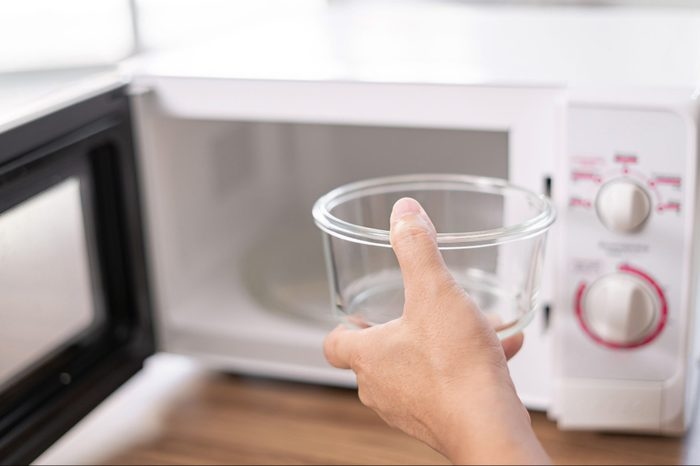
To test if glass is microwave safe, put it in the microwave by itself and heat it on high for one minute. If the glass is warm to the touch but not hot, it is safe to use in the microwave. If the glass is hot, it is not safe to use in the microwave.
Why does glass break in the microwave?
When glass is heated in the microwave, it can cause the glass to break. This is because the glass is heated unevenly, and the heat from the microwave can cause the glass to expand and break.
Why did my glass bowl break in the microwave?
This can cause the bowl to break or shatter as well. One possibility is that the bowl was not microwave safe. Another possibility is that the bowl was placed in the microwave without any liquid in it. Glass that is not microwave safe can break or shatter when heated in the microwave. Finally, it is also possible that the bowl was placed in the microwave with a metal object. There are a few reasons why your glass bowl might have broken in the microwave.
Can a microwave melt glass?
Can a microwave melt glass?
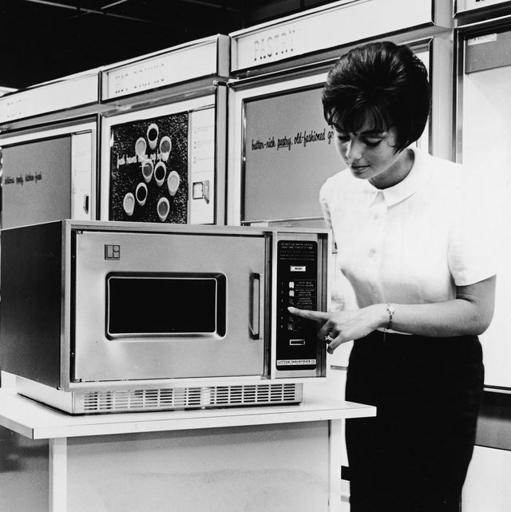
If there is no water present, as in the case of glass, the microwaves will cause the molecules to rub against each other, creating friction and heat. The answer is yes, it can melt glass. Microwaves work by causing water molecules in food to vibrate and create heat. This can cause the glass to warp, crack, or even melt.
How long does it take to melt glass in a microwave?
How long does it take to melt glass in a microwave?
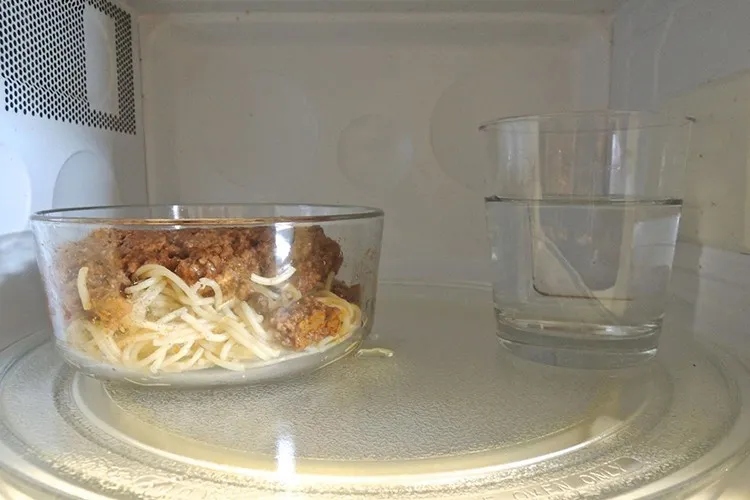
Generally, it will take 1-2 minutes to melt a small piece of glass in a 1200 watt microwave. It depends on the wattage of your microwave and the size/thickness of the glass. Larger pieces or thicker glass will take longer.
What Types of Glass Are Microwave-Safe?
Some glass is made to be microwave safe and some is not. When it comes to microwaving your food, you want to make sure you are using the proper type of glass. There are different types of glass that are made for different purposes. If you are unsure if the glass you are using is microwave safe, there are a few ways to test it.
Is pyrex microwave safe?
Pyrex is a brand of glassware that is specially designed for use in the oven, microwave, and freezer. When microwaving Pyrex, always use a microwave-safe plate or bowl, and never put Pyrex directly on the turntable. Pyrex is safe to use in the microwave, as long as it is not cracked or chipped. Pyrex glass is made from borosilicate, which is a type of glass that is known for its strength and durability.
Are mason jars microwave safe?
Mason jars are made of tempered glass, which is a type of glass that is designed to withstand high temperatures. This makes it safe to use in the microwave.
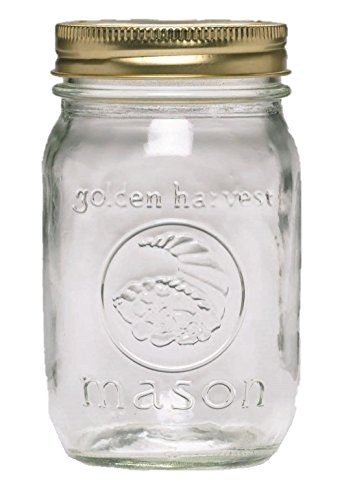
You can test if a mason jar is microwave safe by putting a small amount of water in it and microwaving it for one minute. If the water stays cool, then the jar is safe to use.
If you’re unsure about whether a particular mason jar is microwave safe, it’s always best to err on the side of caution and not use it.
Can you microwave double-walled glass?
This type of glass is made with two layers of glass that are fused together. Double-walled glass is a type of glass that is safe to use in the microwave. The air between the two layers of glass acts as a barrier, which prevents the microwaves from penetrating the glass.
Can you microwave glass containers?
However, not all glass is created equal, and some types of glass are not safe to use in the microwave. Ceramic glass, such as CorningWare, is also safe to use in the microwave. Tempered glass, such as that used in Pyrex dishes, is specially treated to withstand high temperatures and is safe to use in the microwave. There are a few types of glass that are microwave-safe.
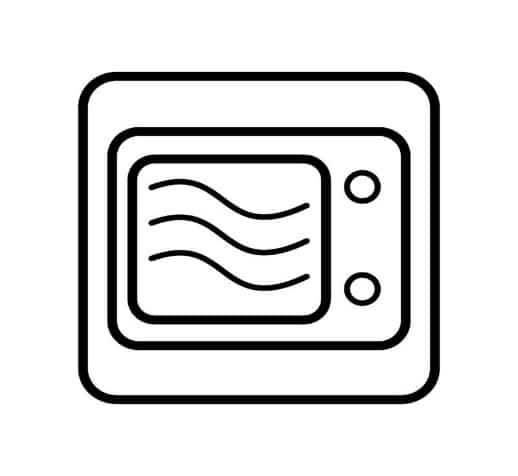
When heated in the microwave, regular glass can break and release shards of glass into your food. Therefore, it’s best to avoid microwaving regular glass. Regular glass, such as that used in drinking glasses and windows, is not tempered and can shatter when exposed to sudden changes in temperature.
Other types of glass, such as those with metal trim or decoration, can also cause sparks and fires in the microwave. Some types of glass, such as leaded crystal, are not safe to use in the microwave because they can leach lead into your food. Therefore, it’s important to only use microwave-safe glass in the microwave.
What Types of Glass Are Not Microwave-Safe?
If you’re unsure whether a piece of glass is safe to use in the microwave, it’s best to err on the side of caution and avoid microwaving it. Here are some common types of glass that are not microwave-safe: Not all glass is microwave-safe.
Microwave-Safe Test for Glass
An easy way to test this is to put a cup of water in the microwave with the glass container. Microwave the water for one minute. When microwaving food in glass containers, it’s important to make sure that the glass is microwave safe. If the water is hot but the glass is cool, then the glass is microwave safe. If the glass is hot, then it’s not microwave safe and you should find a different container.
What can you not put in a microwave?
There are a few things you should never put in the microwave, even if they are made of microwave-safe materials. These include:
Can you microwave cold glass?
So, what’s the verdict? Some people swear by it, while others say it’s a surefire way to ruin your food. Can you microwave cold glass? When it comes to microwaving glass, there is a lot of debate.
The answer is yes, you can microwave cold glass. However, there are a few things you need to keep in mind. Second, only microwave the glass for a short time. First, make sure the glass is microwave safe. If it’s not, it could shatter and cause a dangerous mess. If you leave it in for too long, it could start to melt.
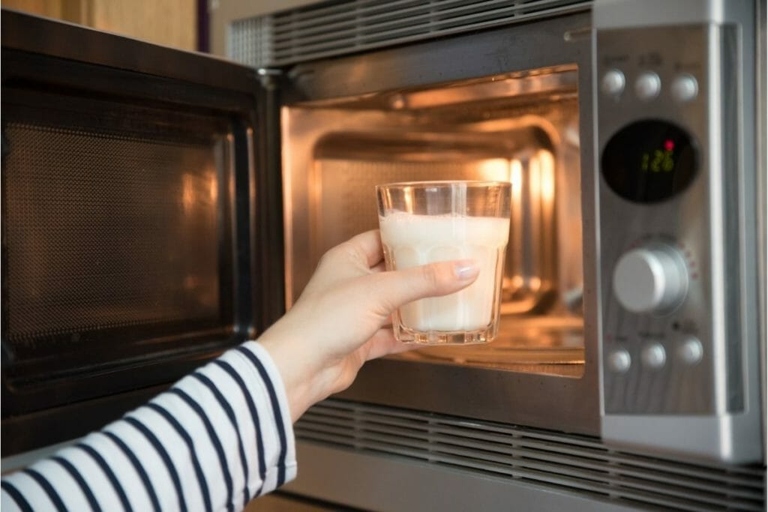
So, there you have it. You can microwave cold glass, but make sure you do it safely.
Why does Pyrex explode in the microwave?
It is microwave safe and can be used to cook food in the microwave. However, Pyrex can explode in the microwave if it is not used properly. Pyrex is a brand of glassware that is often used in the kitchen.
However, if the glass is heated too quickly, it can cause the glass to shatter. This type of glass is designed to withstand high temperatures. There are a few reasons why Pyrex can explode in the microwave. One reason is that Pyrex is made of tempered glass.
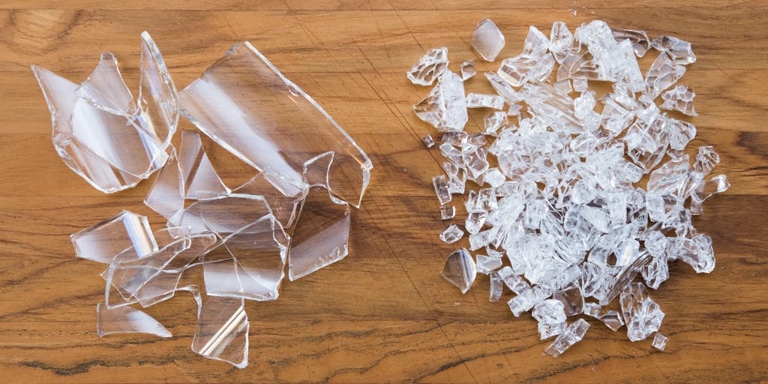
Another reason why Pyrex can explode in the microwave is if the glass is not evenly heated. If the glass is not heated evenly, the heat can build up in one area and cause the glass to explode.
If you notice any areas that are not heating evenly, stop the microwave and stir the glass. When microwaving Pyrex, make sure to heat it slowly and evenly. To avoid these problems, it is important to follow the instructions on the Pyrex packaging.
Why you should never microwave water?
Superheated water can stay liquid at a temperature above its boiling point without bubbles forming. When water is microwaved in a clean cup, it can reach temperatures well above its boiling point without boiling. You should never microwave water because it can superheat. If the water is disturbed, it can erupt into boiling water and cause severe burns.
Frequently Asked Questions
1. Can you microwave glass?
Yes, you can microwave glass, but not all types are suitable. You need to make sure that the glass is labeled as “microwave safe” before putting it in the microwave.
2. How do you test if glass is microwave safe?
One way to test if glass is microwave safe is to put a cup of water in it and microwave it for one minute. If the water stays hot, the glass is safe to use.
3. What happens if you microwave glass that isn’t microwave safe?
If you microwave glass that isn’t microwave safe, it can break and release shards of glass into your food. This can be dangerous and is not recommended.
4. Can you put all types of glass in the microwave?
No, you should not put all types of glass in the microwave. Only glass that is specifically labeled as “microwave safe” should be used.
5. Where can I find microwave safe glass?
You can find microwave safe glass at most stores that sell kitchenware. It is usually labeled clearly and is made from tempered glass.
Final thoughts
In conclusion, you can microwave glass if it is microwave safe. You can test if it is microwave safe by microwaving it for a short time and then checking to see if it is hot. If it is not hot, then it is safe to microwave.